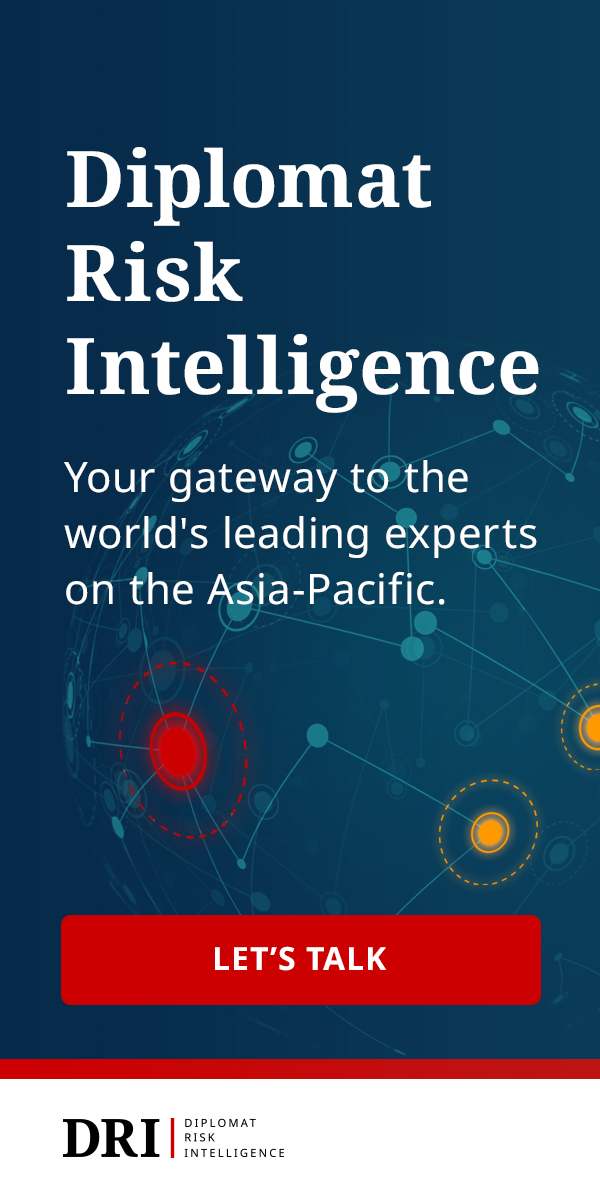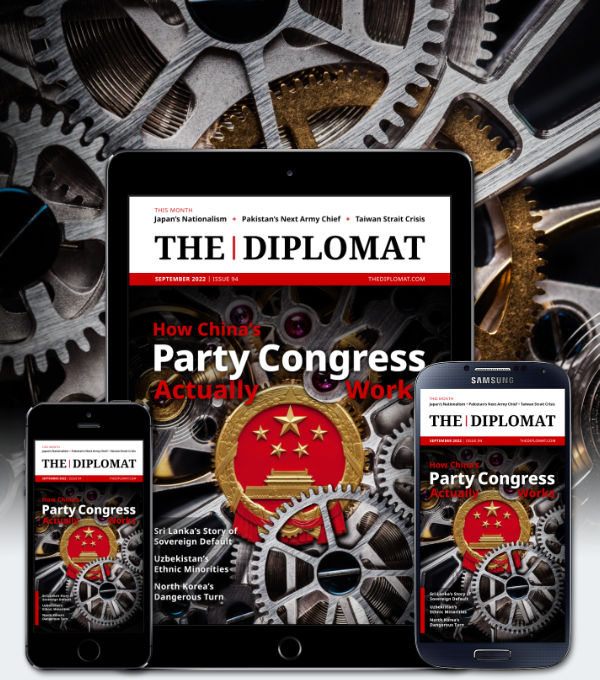| Welcome to the latest issue of Diplomat Brief. This week our top story explores the latest trends in Russia’s energy exports to Asia, a key part of Moscow’s plan for weathering EU and U.S. sanctions. We also have an interview with Anirudh Kanisetti, author of “Lords of the Deccan: Southern India from the Chalukyas to the Cholas.” |
| Story of the week |  | Economy Russia’s Energy Game in AsiaWhat Happened: The Eastern Economic Forum (EEF) in Vladivostok, Russia, and the Shanghai Cooperation Organization (SCO) Summit in Samarkand, Uzbekistan, both drew attention to Russia’s ongoing efforts to “pivot to Asia” – and thereby reduce its dependence on the West amid heavy sanctions resulting from Russia’s invasion of Ukraine. The “pivot” has been a work-in-progress since the days of the USSR, but in recent years Russia has made undeniable progress in one sector: energy. Our Focus: “To fully transform the country into a full-fledged Eurasian power and support Moscow’s current strategic goals, Russian energy resources have a critical role to play,” writes Francesco Sassi, a research fellow in energy geopolitics and markets at RIE in Bologna, Italy. Moscow is more dependent than ever on energy exports to keep the economy stable, and with Europe winding down its reliance on Russian oil and gas China and India are filling the gap. “China’s imports of oil, gas, and coal increased respectively by 17 percent, 52 percent, and 6 percent between April and June 2022 from the same period a year ago,” Sassi notes. What Comes Next: While we are already seeing some impact from Russian energy’s eastward turn, it will take years for Moscow to fully shift the bulk of its exports to Asia. China and Russia have a 30-year deal for China to import gas through a new pipeline. As Sassi points out, this seems aimed at replacing Europe as an import destination: “The gas will be sourced from the same fields Gazprom developed to sustain gas exports to the EU in the next decades, and the volumes heading to China are nearly one-third of what Gazprom exported to Europe in 2021.” Yet these long-term plans might not come to fruition. The pipeline remains in limbo and China (along with the rest of the world) is slowly turning away from fossil fuels. Read this story |
| Behind the News | INTERVIEW Anirudh KanisettiAnirudh Kanisetti, author of “Lords of the Deccan: Southern India from the Chalukyas to the Cholas,” on medieval India’s globalized nature: “Claims that India’s globalization is merely 30 years old is based on fairly outdated histories, on the historiography of the 1920s and ‘30s. Medieval India’s centers of consumption and connections with the world are a big part of the text of the ‘Lords of the Deccan.’” Read the interview |
| This Week in Asia | Northeast Asia Yoon Suk-yeol’s Hot Mic Scandal GrowsAfter a quick meeting with U.S. President Joe Biden, South Korean President Yoon Suk-yeol was caught on camera seemingly uttering profanities about the U.S. Congress. A series of contradictory statements from the Presidential Office, along with threats aimed at the media outlet that broke the story, only deepened the scandal. The debacle has buried any discussion of the rest of Yoon’s activities at the U.N. General Assembly. Find out more | South Asia Tensions on the Bangladesh-Myanmar BorderA new surge of fighting in northern Myanmar’s Rakhine state spilled over into Bangladesh, with shells falling onto Bangladeshi soil and even killing one Rohingya refugee. Dhaka says it has issued “strong protests” to Myanmar’s military government, insisting that violence must not be allowed to cross over the border. But as Myanmar’s war rages on the prospect for more violence to impact Bangladesh is growing. Find out more | Southeast Asia Typhoon Noru Hits Philippines, VietnamSoutheast Asian nations are bracing for – or recovering from – the impact of Typhoon Noru, which approached the region from the east early this week, bringing torrential rain and winds of up to 150 kilometers per hour. Noru, the most powerful storm to hit the region so far this year, ran over the Philippines on Monday, causing authorities to move more than 52,000 people to emergency shelters on the island of Luzon. Then it hit the coast of central Vietnam a day later, bringing fierce wind and rain on Tuesday night and forcing the evacuation of 800,000 people, before continuing westward over Laos and Thailand. Find out more | Central Asia Kazakhstan Faces Flood of Fleeing RussiansKazakh President Tokayev urged calm and care for Russians now fleeing into Kazakhstan – one of only a few countries Russians can enter without a visa via land borders. More important, perhaps, was his characterization of their fleeing “a hopeless situation” and reference to the conflict in Ukraine (though he didn't say the country's name) as a “massive war.” Find out more |
| Visualizing APAC |  | Since August 7, the PLA has flown nearly 1,200 sorties in the skies near Taiwan, with 474 entering the island’s ADIZ and 315 of those crossing the median line of the Taiwan Strait. See the full picture |
| Word of the Week | Politics ArhtiyasArhtiyas, the middlemen who serve as a key link in Punjab’s farming economy. Find out more |
|  |




